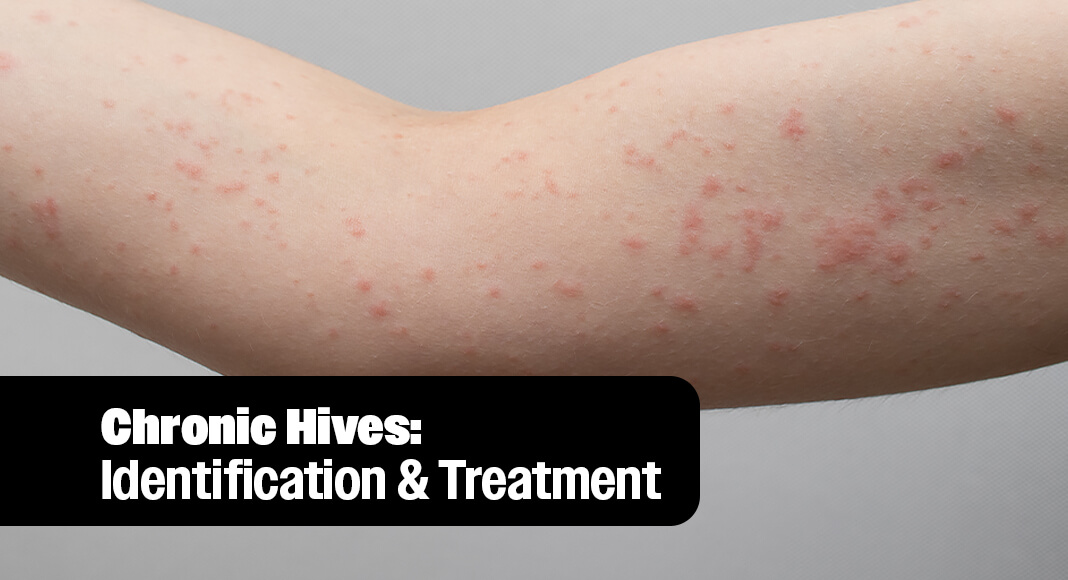
Mega Doctor News
Newswise — A new international study led by researchers at McMaster University has identified the most effective and safest treatments for people suffering from chronic urticaria, more commonly known as chronic hives.
Published in The Journal of Allergy and Clinical Immunology on July 15, 2025, the study is the first comprehensive network meta-analysis to compare more than 40 treatment options for chronic hives, a condition that affects about one per cent of people and can severely impact quality of life, sleep, and productivity. The study examined 93 randomized controlled trials involving over 11,000 participants.
Prior to now, patients and clinicians had to consult a growing list of treatment options without up-to-date evidence.
The research identified the following treatments as most effective:
- Omalizumab, an injectable antibody, and remibrutinib, a new oral medication, are among the most effective treatments for reducing hives, itch, and swelling.
- Dupilumab, another injectable antibody, also showed promise, particularly for reducing hives.
- Cyclosporine may be effective but carries a higher risk of side-effects such as kidney toxicity and high blood pressure.
“This first comprehensive analysis of all advanced treatment options for chronic urticaria provides a clear and evidence-based ‘menu of treatment options’ for patients and their clinicians to choose from,” says Derek Chu, senior author and assistant professor with McMaster’s Department of Medicine.
Chu says the study makes clear which treatment options were the most effective and safe.
The findings of this study will be used to inform upcoming international clinical guidelines. The study received funding from the American Academy of Allergy, Asthma & Immunology (AAAAI) and the American College of Allergy, Asthma and Immunology (ACAAI).









